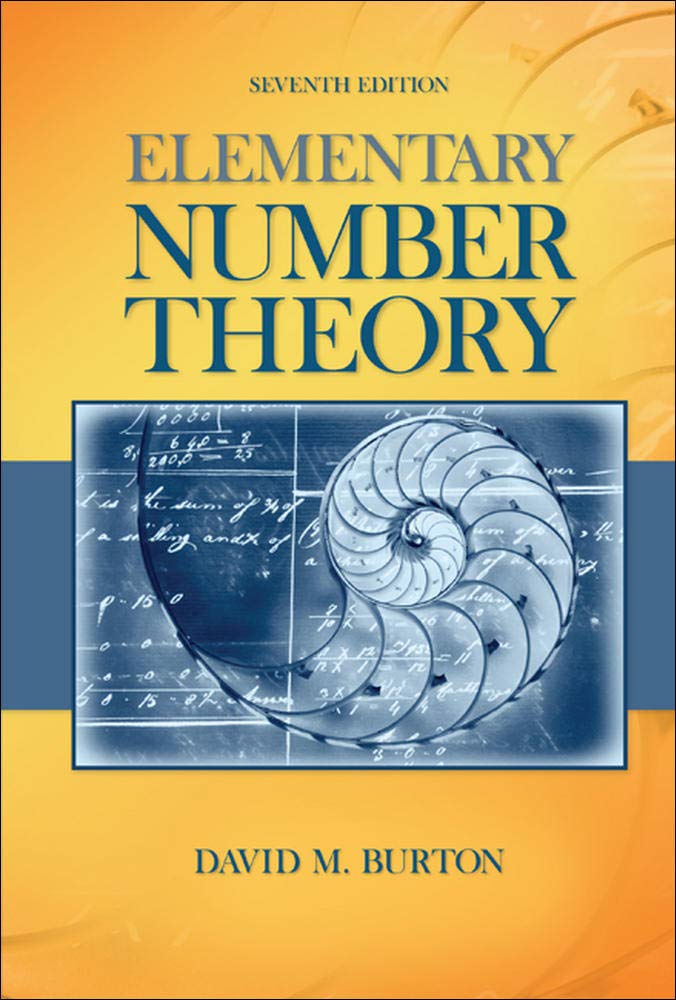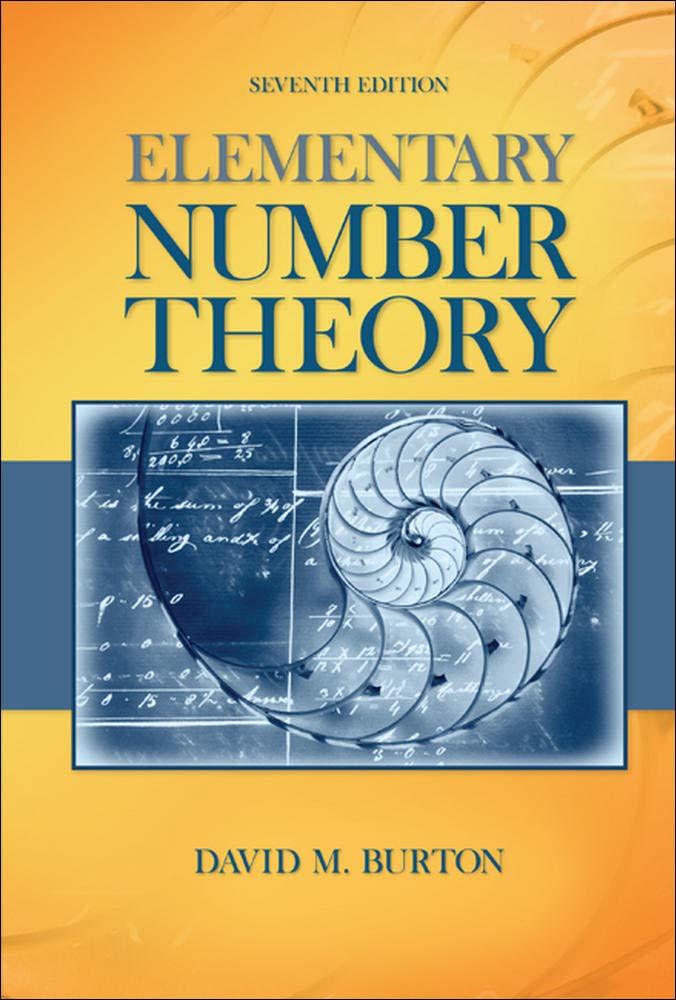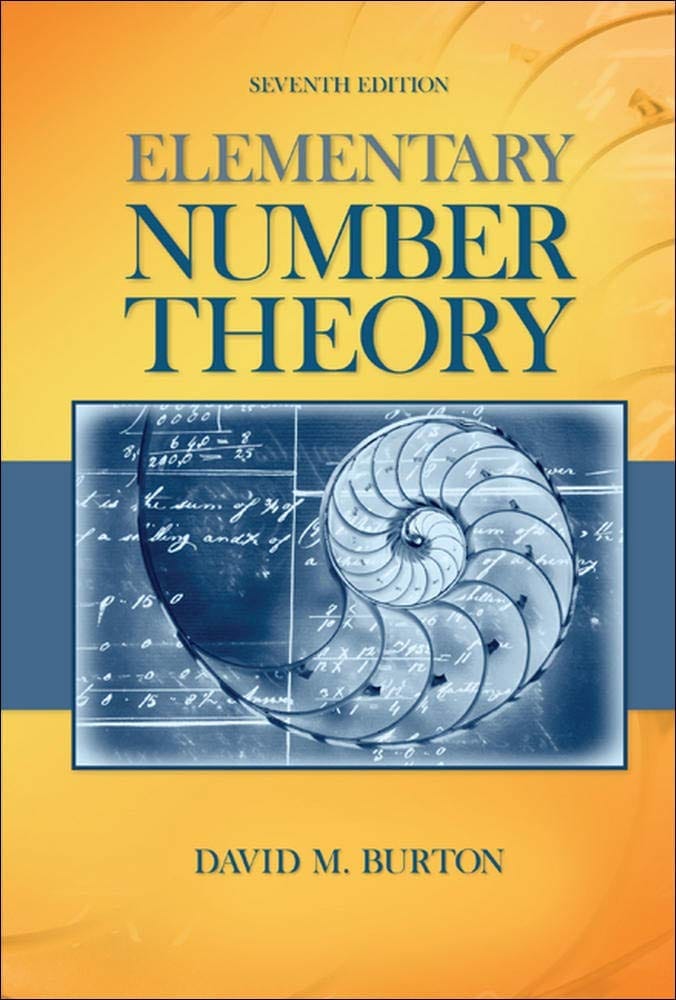
Elementary Number Theory Problems 3.3 Solution (David M. Burton's 7th Edition) - Q4
My Solution for "Sylvester ($1896$) rephrased the Goldbach conjecture: Every even integer $2n$ greater than $4$ is the sum of two primes, one larger than $n/2$ and the other less than $3n/2$. Verify this version of the conjecture for all even integers between $6$ and $76$."
Background
All theorems, corollaries, and definitions listed in the book's order:

I will only use theorems or facts that are proved before this question. So you will not see that I quote theorems or facts from the later chapters.
Question
Sylvester ($1896$) rephrased the Goldbach conjecture: Every even integer $2n$ greater than $4$ is the sum of two primes, one larger than $n/2$ and the other less than $3n/2$. Verify this version of the conjecture for all even integers between $6$ and $76$.
Solution
Let $2n$ be the even integer.
When $2n = 6$, $n = 3$, $3 + 3 = 6$, $3 > \frac{3}{2} = 1.5$, $3 < \frac{3 \times 3}{2} = 4.5$.
When $2n = 8$, $n = 4$, $3 + 5 = 8$, $3 > \frac{4}{2} = 2$, $5 < \frac{3 \times 4}{2} = 6$.
When $2n = 10$, $n = 5$, $3 + 7 = 10$, $3 > \frac{5}{2} = 2.5$, $7 < \frac{3 \times 5}{2} = 7.5$.
When $2n = 12$, $n = 6$, $5 + 7 = 12$, $5 > \frac{6}{2} = 3$, $7 < \frac{3 \times 6}{2} = 9$.
When $2n = 14$, $n = 7$, $7 + 7 = 14$, $7 > \frac{7}{2} = 3.5$, $7 < \frac{3 \times 7}{2} = 10.5$.
When $2n = 16$, $n = 8$, $5 + 11 = 16$, $5 > \frac{8}{2} = 4$, $11 < \frac{3 \times 8}{2} = 12$.
When $2n = 18$, $n = 9$, $5 + 13 = 18$, $5 > \frac{9}{2} = 4.5$, $13 < \frac{3 \times 9}{2} = 13.5$.
The rest is for Premium Members only
SubscribeAlready have an account? Log in

